Understanding the Investment That Pays for Itself
As commercial property managers face increasing pressure to control operating costs while maintaining attractive landscapes, artificial turf has emerged as a compelling solution offering substantial long-term financial benefits. While the initial investment may seem significant, high-quality commercial artificial turf typically pays for itself within 3–5 years through water savings, maintenance cost elimination, and increased property value.
For commercial properties struggling with high water bills, frequent landscape replacement, or challenging growing conditions, artificial turf often represents the most cost-effective solution available.
Initial Investment Analysis
Commercial artificial turf installation typically costs $8–$15 per square foot. For a 5,000 square foot commercial area, this translates to an initial investment of $40,000–$75,000, including professional installation, proper base preparation, and drainage systems.
While this upfront cost exceeds natural grass installation by 300–400%, the comparison becomes favorable when examining total cost of ownership over artificial turf's 10–15 year lifespan. Natural grass areas require ongoing investments in irrigation, fertilization, pest control, and periodic renovation that quickly exceed initial savings. Commercial-grade synthetic turf includes specialized features designed for heavy use and extreme weather conditions, justifying higher initial costs through superior durability and performance.
Water Bill Reduction: The Biggest Savings Driver
Water costs represent the single largest ongoing expense for maintaining natural grass in commercial settings, particularly in Texas where summer irrigation demands can drive monthly bills into thousands of dollars.
Quantifying Water Savings
- Commercial properties with artificial turf typically achieve a 60–70% reduction in total landscape water usage.
- A corporate campus previously spending $2,400 monthly on irrigation can expect savings of $1,440–$1,680 per month.
- This translates to $17,280–$20,160 annually in water savings.
- Over a 10-year period, this single cost reduction generates $172,800–$201,600 in total savings.
These calculations become more compelling during drought conditions when water restrictions limit irrigation or municipalities impose surcharges. Properties with artificial turf maintain a consistent appearance regardless of water restrictions, avoiding both aesthetic impact and potential fines.
Real-World Example: One healthcare facility documented an 86% reduction in water usage after installation, saving $8,400 annually in water and sewer costs for a 3,200 square foot area.
Maintenance Cost Elimination Breakdown
Natural grass maintenance involves multiple recurring expenses that artificial turf eliminates entirely, creating predictable savings that improve with each passing year.
The following costs are typically eliminated, generating significant annual savings:
- Mowing and edging services: $3,200–$4,800 annually
- Fertilization programs: $1,200–$2,400 annually
- Pest control and herbicide applications: $800–$1,600 annually
- Seasonal renovations and overseeding: $2,000–$4,000 annually
- Equipment maintenance and replacement: $600–$1,200 annually
Total Annual Maintenance Savings range from $7,800 to $14,000. These eliminated costs compound annually, generating $78,000–$140,000 in savings over a 10-year period. When combined with water savings, total annual operating cost reduction often exceeds $25,000–$35,000 for typical commercial installations.
Typical Payback Period Analysis
Most commercial artificial turf installations achieve full payback within 3–5 years through operating cost savings alone, with additional benefits continuing throughout the product's lifespan.
Conservative Payback Calculation:
- Initial Investment: $60,000 (5,000 sq ft at $12/sq ft)
- Annual Water Savings: $18,000
- Annual Maintenance Savings: $10,000
- Total Annual Savings: $28,000
- Resulting Payback Period: 2.1 years
Real-World Office Complex Example:
A 45,000 square foot office complex replaced 8,000 square feet of problematic turf areas with commercial artificial turf for $96,000. Their annual savings were:
- Water costs: $24,000 reduction
- Maintenance services: $15,600 elimination
- Replacement plantings: $4,800 avoidance
- Total annual savings: $44,400
- Payback achieved in 2.2 years
After the payback period, these savings translate directly to improved property cash flow, with the office complex banking $44,400 annually for the remaining 8+ years.
Additional Financial Benefits
Beyond direct cost savings, artificial turf enhances overall property value and operational efficiency. Real estate professionals report potential property value increases of 5–8% for commercial properties with low-maintenance, drought-resistant landscapes.
Artificial turf also eliminates pest control chemicals, reduces slip-and-fall risks, and prevents irrigation-related flooding incidents, providing predictable long-term costs limited to occasional cleaning and minor repairs.
Making the Financial Decision
The strongest financial cases emerge for properties with:
- Monthly water bills exceeding $1,500 for landscape irrigation.
- Annual landscape replacement costs above $5,000.
- High-traffic areas requiring frequent maintenance.
- Water restriction compliance challenges.
Properties meeting these criteria typically achieve payback periods under 3 years while securing decades of reduced operating costs and improved landscape consistency.
Don't let high water bills and maintenance costs drain your property's profitability—contact Landmark Landscape Group today for a customized artificial turf evaluation that maximizes your investment returns.
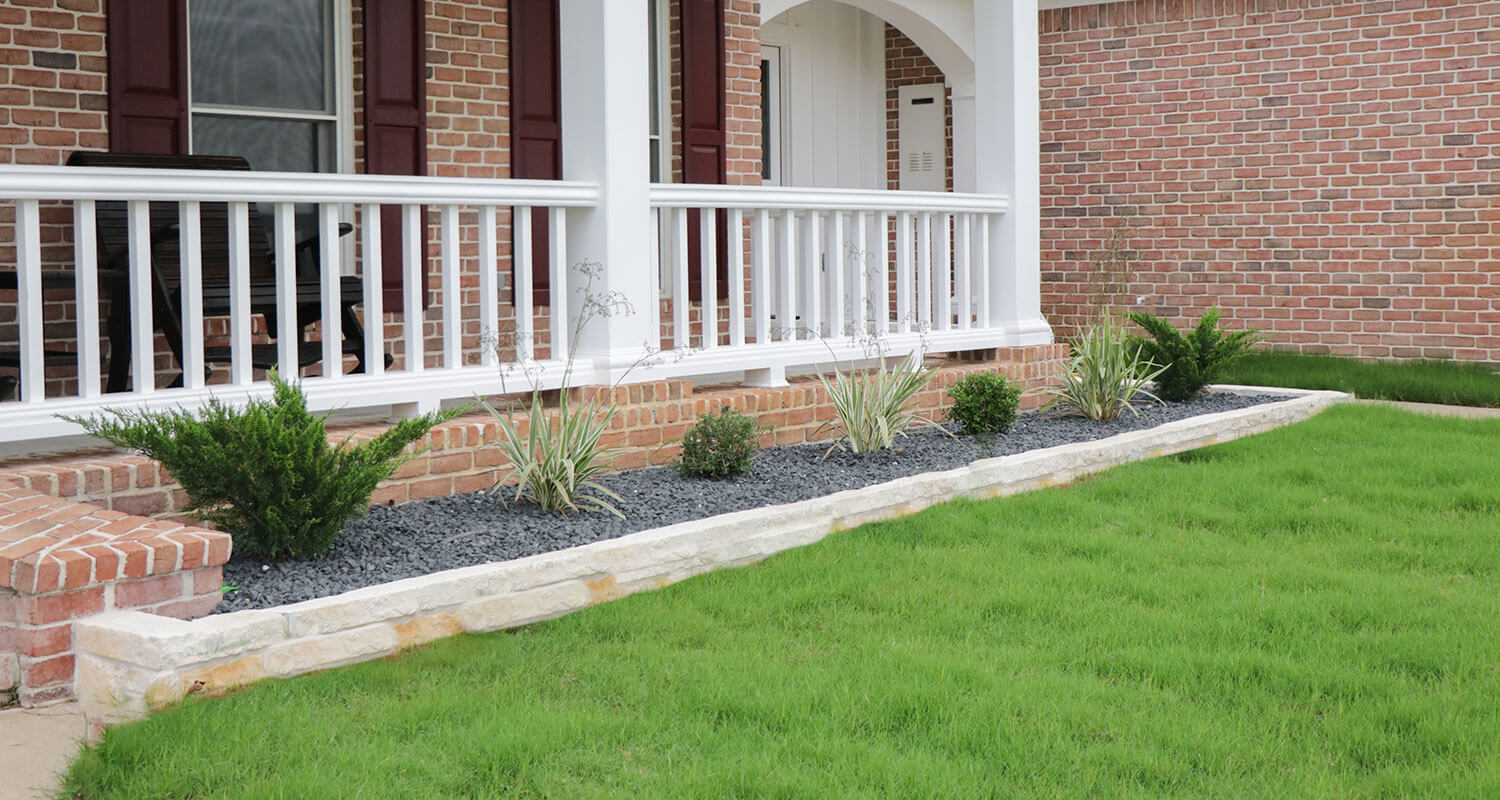
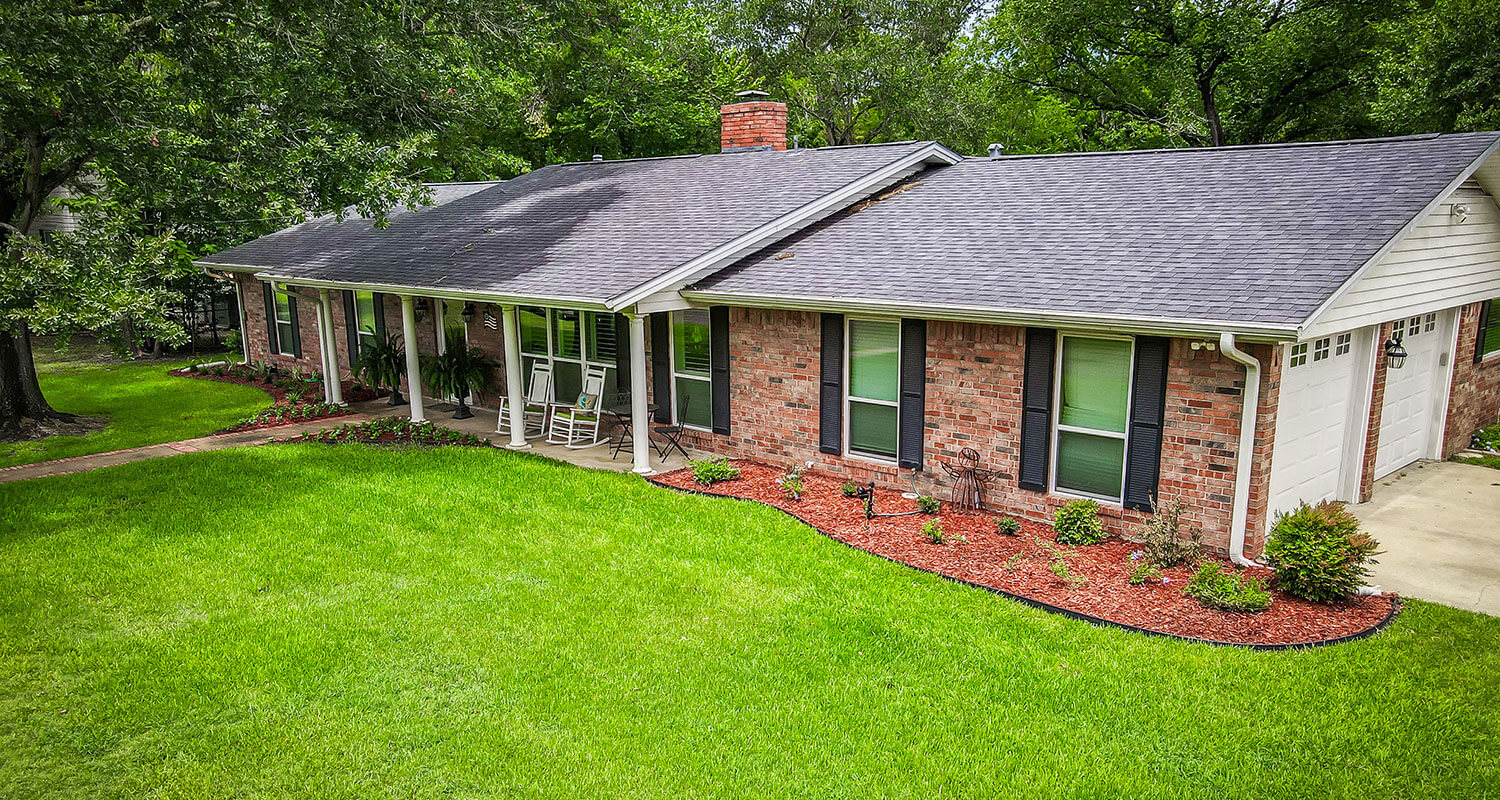
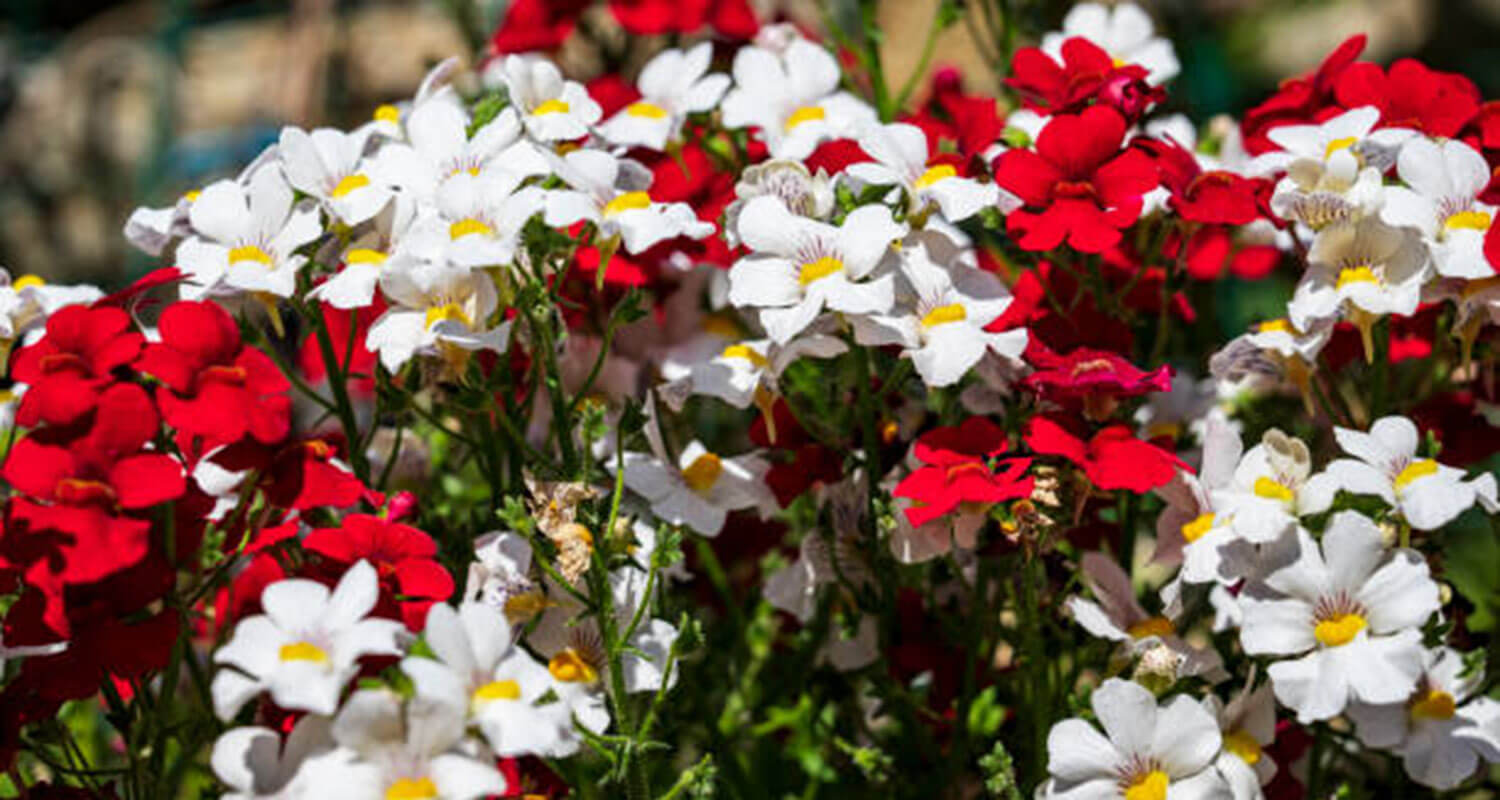
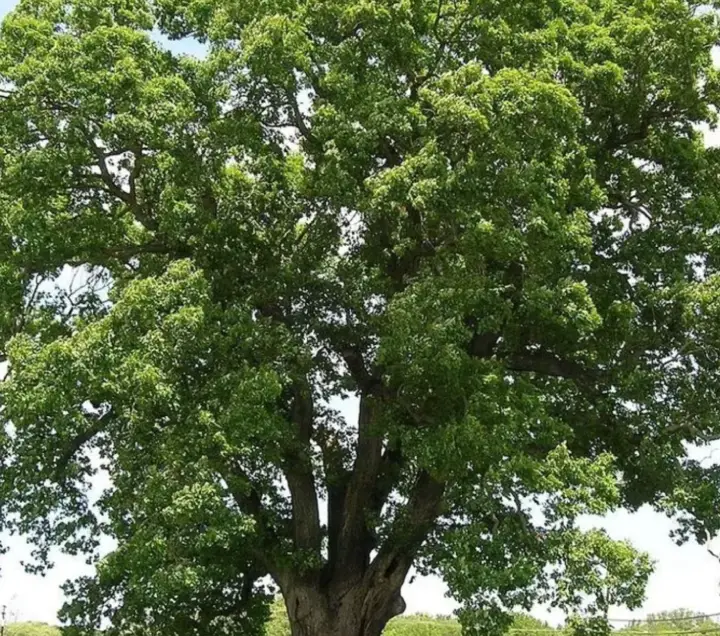

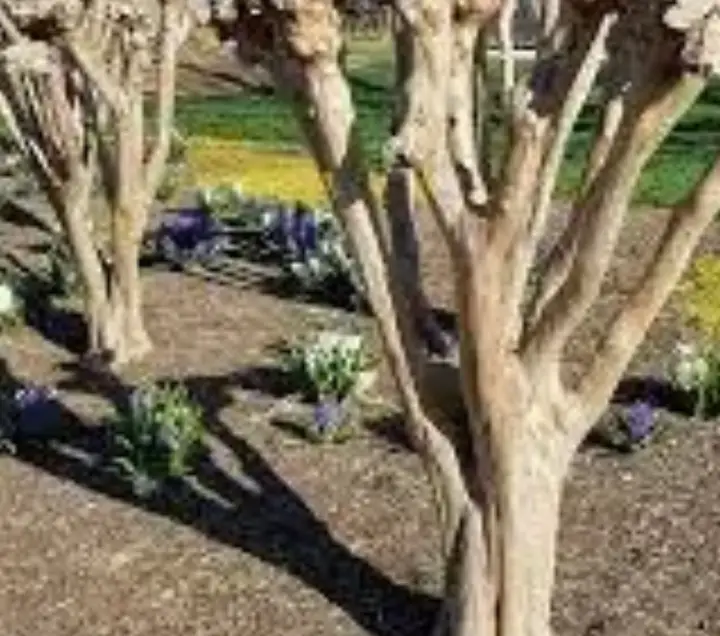
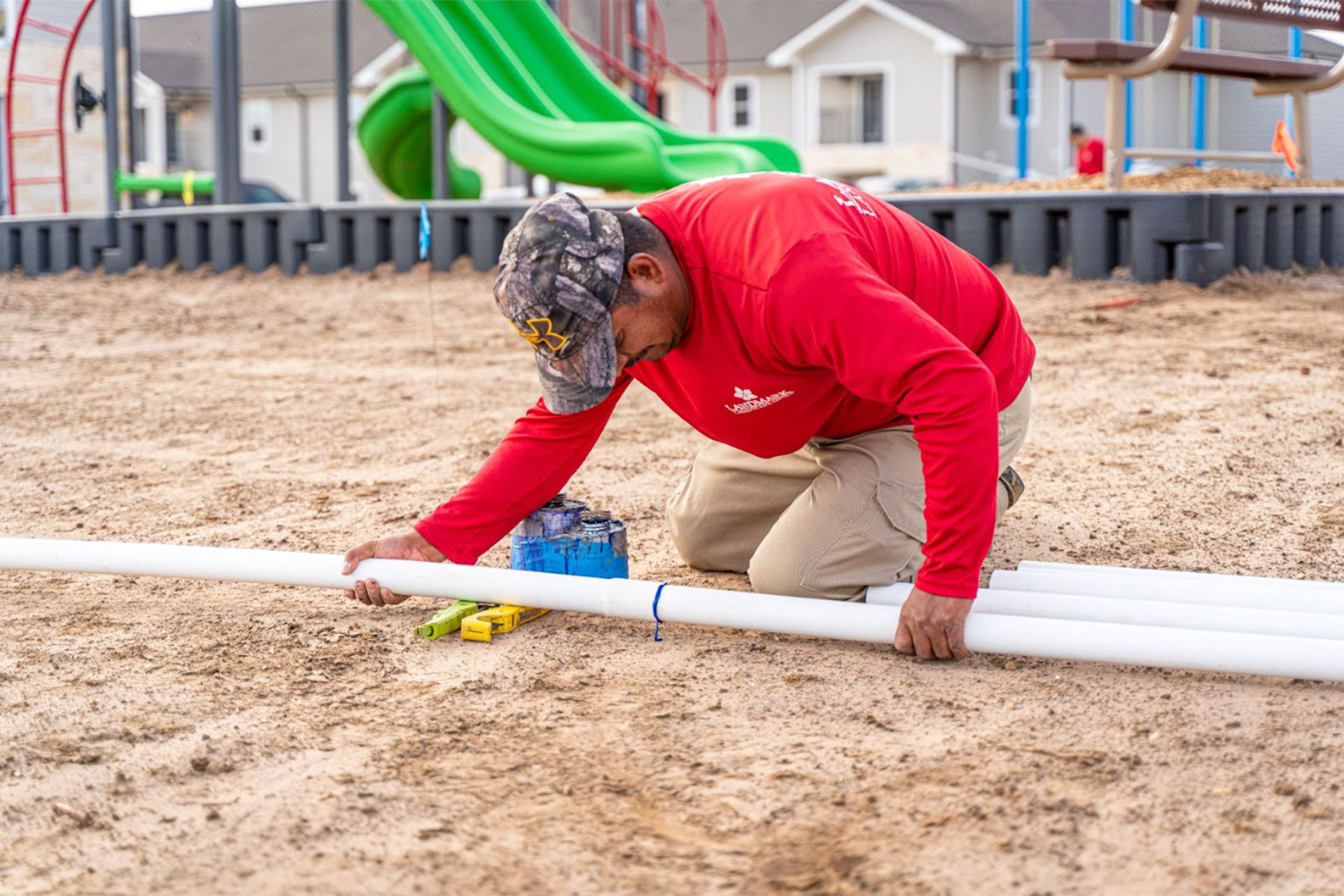
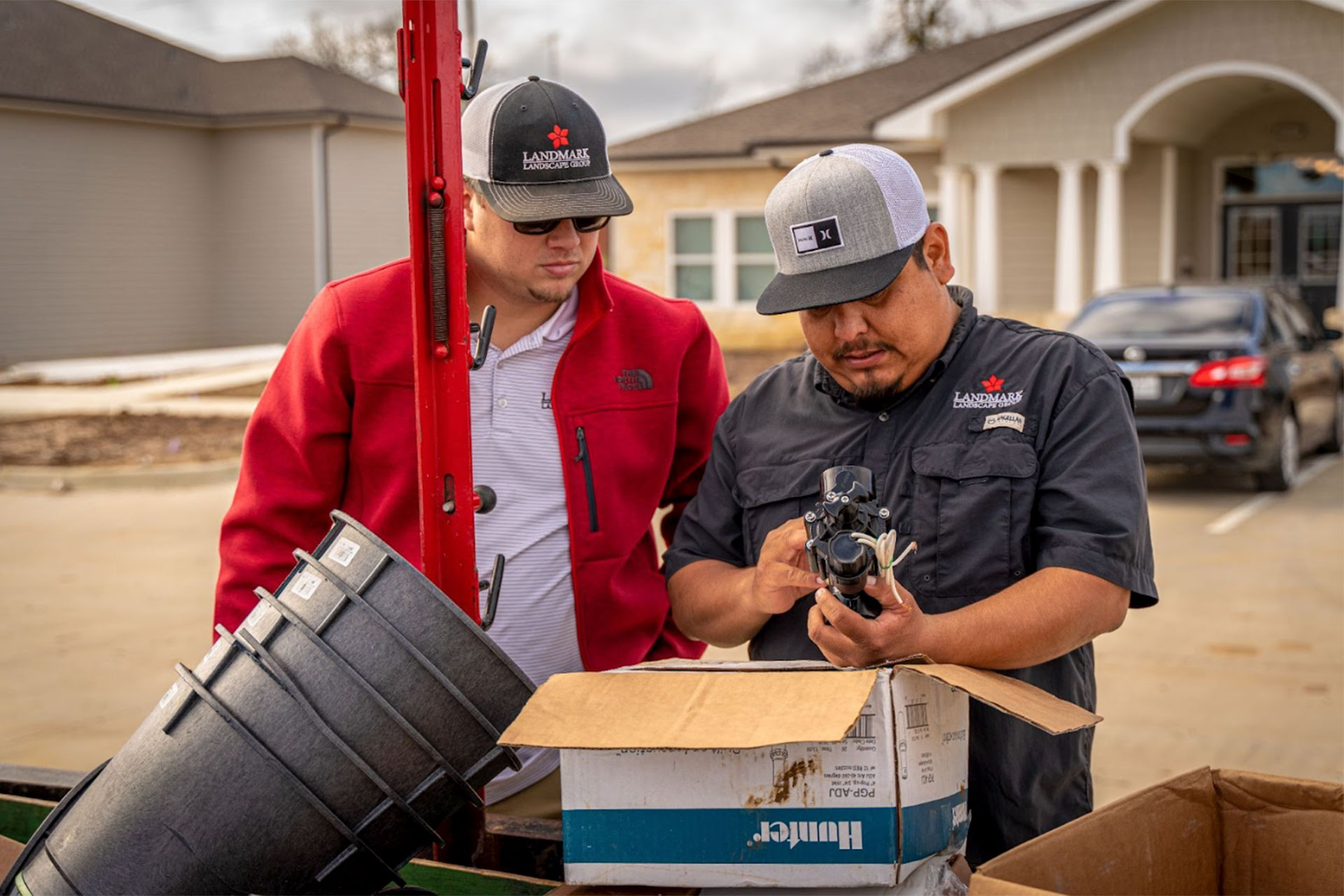
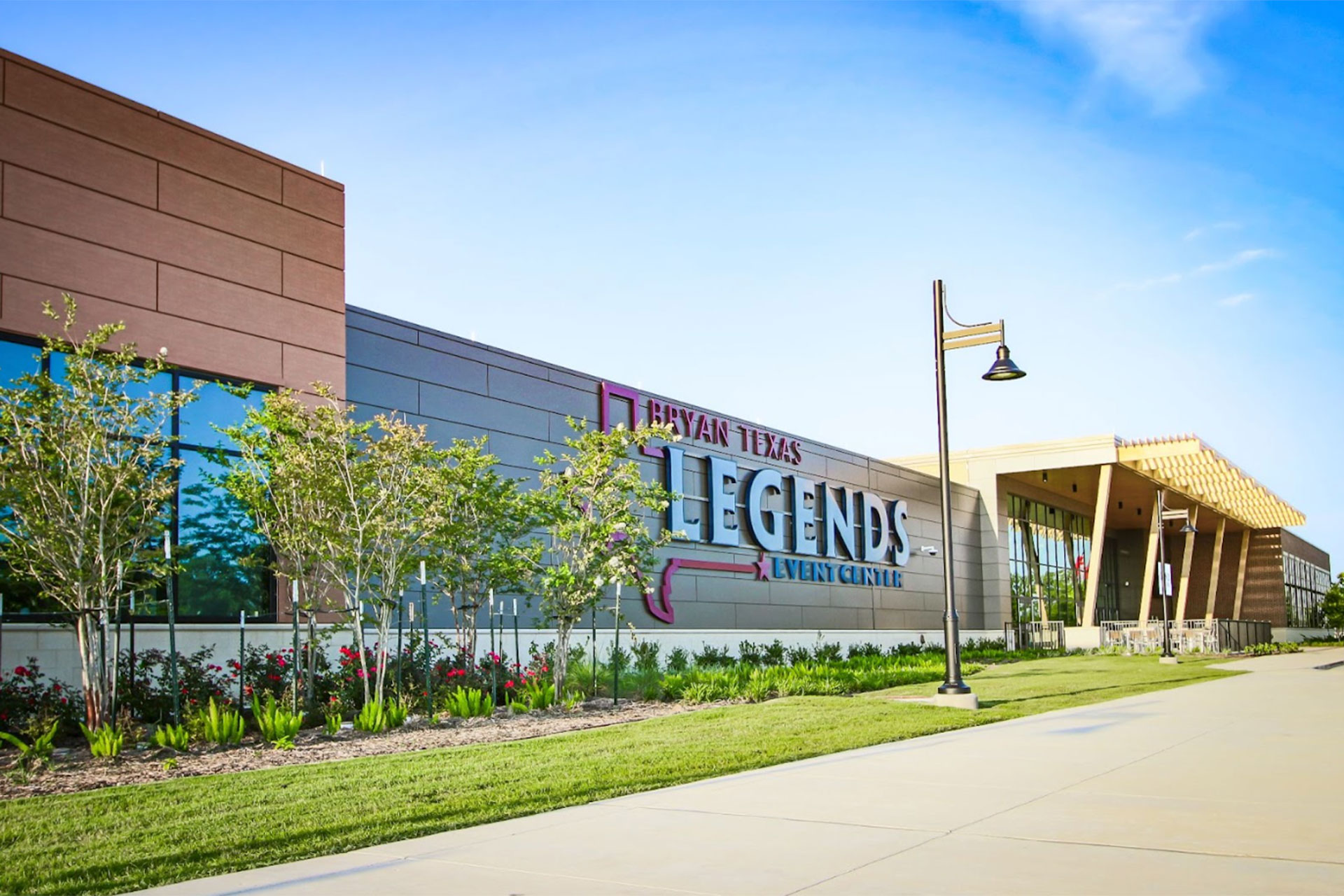

.jpg)
.jpg)
.jpg)